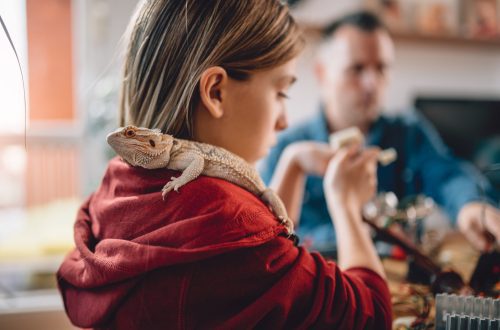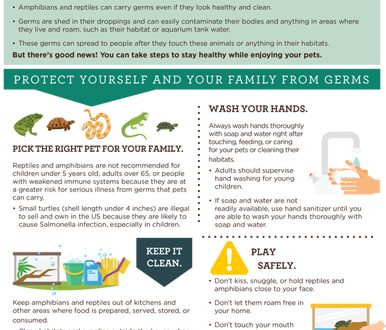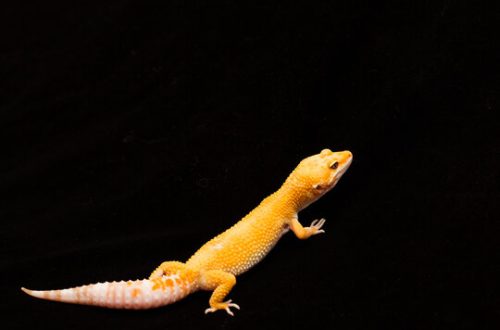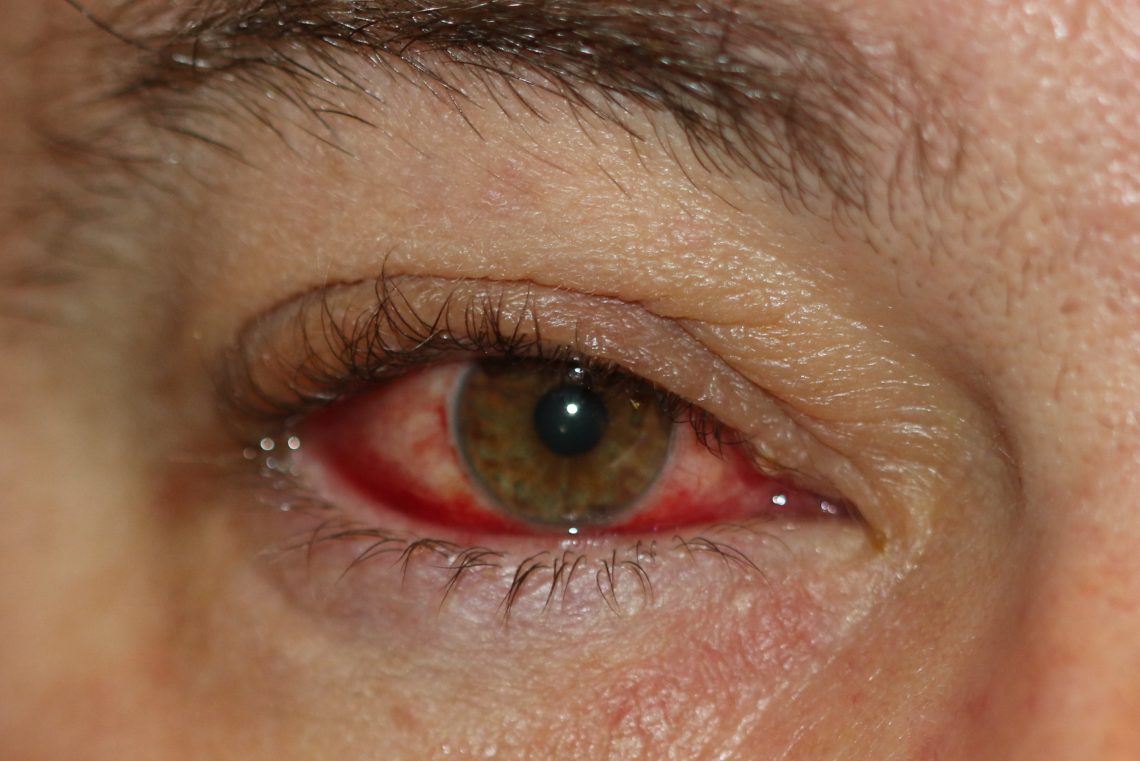
Inflammation of the eyelids (conjunctivitis, blepharoconjunctivitis)

Frequent symptoms: swollen eyes, often with “pus” under the eyelids, the turtle does not eat Turtles: water and land Treatment: can heal on its own
The most common are conjunctivitis (inflammation of the mucous membrane (conjunctiva) of the eye), blepharitis (inflammation of the skin of the eyelids) or blepharoconjunctivitis (an inflammatory process that affects both the eyelids and the conjunctiva).
ATTENTION: The treatment regimens on the site can be obsolete! A turtle can have several diseases at once, and many diseases are difficult to diagnose without tests and examination by a veterinarian, therefore, before starting self-treatment, contact a veterinary clinic with a trusted herpetologist veterinarian, or our veterinary consultant on the forum.
Blepharoconjunctivitis

Blepharoconjunctivitis (synonymous with marginal blepharitis) is one of the varieties of conjunctivitis that occurs together with blepharitis (inflammation of the eyelids).
The reasons:
Blockage of the channels of the orbital glands by desquamated epithelium causes conjunctivitis and swelling of the eyelids. Blepharoconjunctivitis usually occurs with hypovitaminosis (deficiency) of vitamin A in the body of a turtle. Also cold and/or dirty (not filtered) water in the aquaterrarium.
Symptoms:
Under the lower eyelid, in the conjunctival sac, a yellowish cellular material accumulates, resembling pus, but, as a rule, it is not. The edematous nictitating membrane may completely cover the eyeball. Usually, at the first sign of inflammation of the conjunctiva and eyelids, the turtle stops eating. Wasting in this disease increases the risk of kidney failure.
Treatment Scheme:
It is advisable to consult a veterinarian, but self-treatment is possible with an accurate diagnosis of the disease.
- Flush eyes with Ringer’s saline solution several times a day. If there is curdled contents under the eyelid, it must be washed out (you can use saline with a syringe without a needle or with a cut plastic catheter).
- Inject vitamin complex 0,6 ml/kg intramuscularly once. Repeat after 14 days. In no case do not inject vitamins with a course!
- Twice a day, instill drops of Sofradex under the lower eyelid for 7 days. If the turtle is aquatic, then after instillation into the eyes, it is left on land for 30-40 minutes.
- If the turtle scratches the eyelids heavily with its front paws, smear the eyelids with Hydrocortisone ointment for 5 days or instill eye drops containing a corticosteroid, such as Sofradex. Manipulations are repeated 2-3 times a day for 5-7 days.
- In the absence of positive dynamics within a week, it is necessary to start instillation of antibacterial drugs: 1% Decamethoxin, 0,3% Gentamycin drops, etc. You can also use ZOO MED Repti Turtle Eye Drops for eye drops. Drops open and cleanse inflamed eyes in turtles. Ingredients: water, aqueous solution of vitamins A and B12.
For treatment you need to buy:
- Ringer-Locke solution | veterinary pharmacy or Ringer’s Solution | human pharmacy
- Vitamins Eleovit | 20 ml | veterinary pharmacy (Gamavit cannot be used!)
- Eye drops Sofradex or Albucid or Tsiprolet or Tsipromed or Floksal | 1 vial | human pharmacy or Ciprovet | 1 vial | veterinary pharmacy
- Syringe 5 ml | 1 piece | human pharmacy
- Syringe 1 ml | 1 piece | human pharmacy
You may need:
- Hydrocortisone ointment | 1 pack | human pharmacy
- 1% Decamethoxine or 0,3% Gentamycin drops | 1 vial | human pharmacy
In non-started cases, improvement in the standing of the eyelids and conjunctiva occurs within two to four weeks. In some cases, positive dynamics may also appear three to five days after the start of treatment. However, often recovery occurs later, after three to six weeks from the start of therapy.
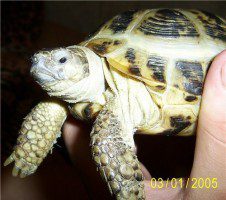
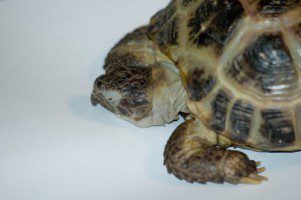
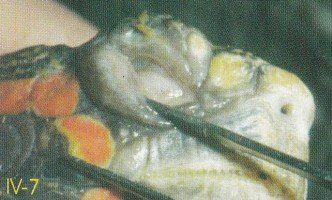
Eye inflammation (conjunctivitis)
Conjunctivitis is an inflammation of the mucous membrane of the eye (conjunctiva), most often caused by an allergic reaction or infection (viral, rarely bacterial).
The reasons:
Primary bacterial blepharitis or conjunctivitis is not uncommon. If the turtle does not have other symptoms of hypovitaminosis A (skin peeling, flaking, rhinitis, swelling) or if the symptoms of blepharoconjunctivitis do not disappear after the prescribed treatment (drops and vitamin complex), then we are usually talking about primary bacterial blepharoconjunctivitis. In addition, even if blepharoconjunctivitis is primarily caused by hypovitaminosis A, secondary bacterial infection is the most common form of complication.
Also cold and/or dirty (not filtered) water in the aquaterrarium.
Symptoms:
– Absence of other symptoms of hypovitaminosis A. Unilateral process (if this type of turtle has a functioning nasolacrimal duct, then the cause may be obstruction of this duct, in which case it is necessary to flush the external nostril from the right side). – Accumulation of purulent material in the conjunctival sac. Eyelid hyperemia without skin exfoliation (hyperemia with exfoliation is a common reaction to prolonged instillation of vitamin A into the eyes). – The disease was found in a land turtle (blepharitis caused by hypovitaminosis A is most typical for young freshwater turtles). – Eyes closed, swollen, may water.
Treatment Scheme:
- Drip any eye drops containing an antibiotic, such as Sofradex, with a thin pipette over the lower eyelid.
- If the eyelids are involved in the process (blepharoconjunctivitis) or with a protracted course of conjunctivitis, 0,3% drops of Gentamicin or analogues are used.
- After that, gentamicin eye ointment is applied to the eyelids. Ointments and drops should not contain steroid hormones. As in practice with small pets, freshly prepared drops can be used: add 1 ml of 0,1% gentamicin for injection to 4 ml of Hemodez and apply as described above. Drops are instilled 2-3 times a day, the ointment is applied at night. The duration of treatment is on average 5-10 days. It is necessary to ensure that turtles do not rub their eyes.
For treatment after you need to buy:
- 1% Decamethoxine or 0,3% Gentamicin Drops or Tobramycin or Framycetin or Ciprofloxacin | 1 vial | human pharmacy
- Eye drops Sofradex or Neomycin or Levomycetin or Tetracycline | 1 vial | human pharmacy or Ciprovet | 1 vial | veterinary pharmacy
- Eye ointment gentamicin, framomycin, bacitracin-neomycin-polymyxin or silver sulfadiazine
- Syringe 1 ml | 1 piece | human pharmacy
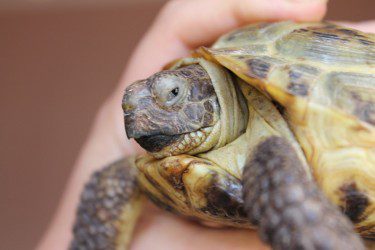
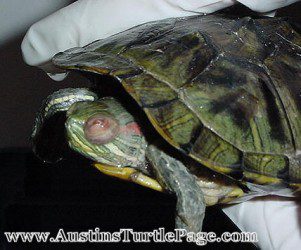
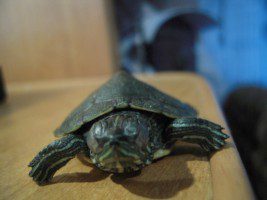
Source:
eye disease in turtles
© 2005 — 2022 Turtles.ru



